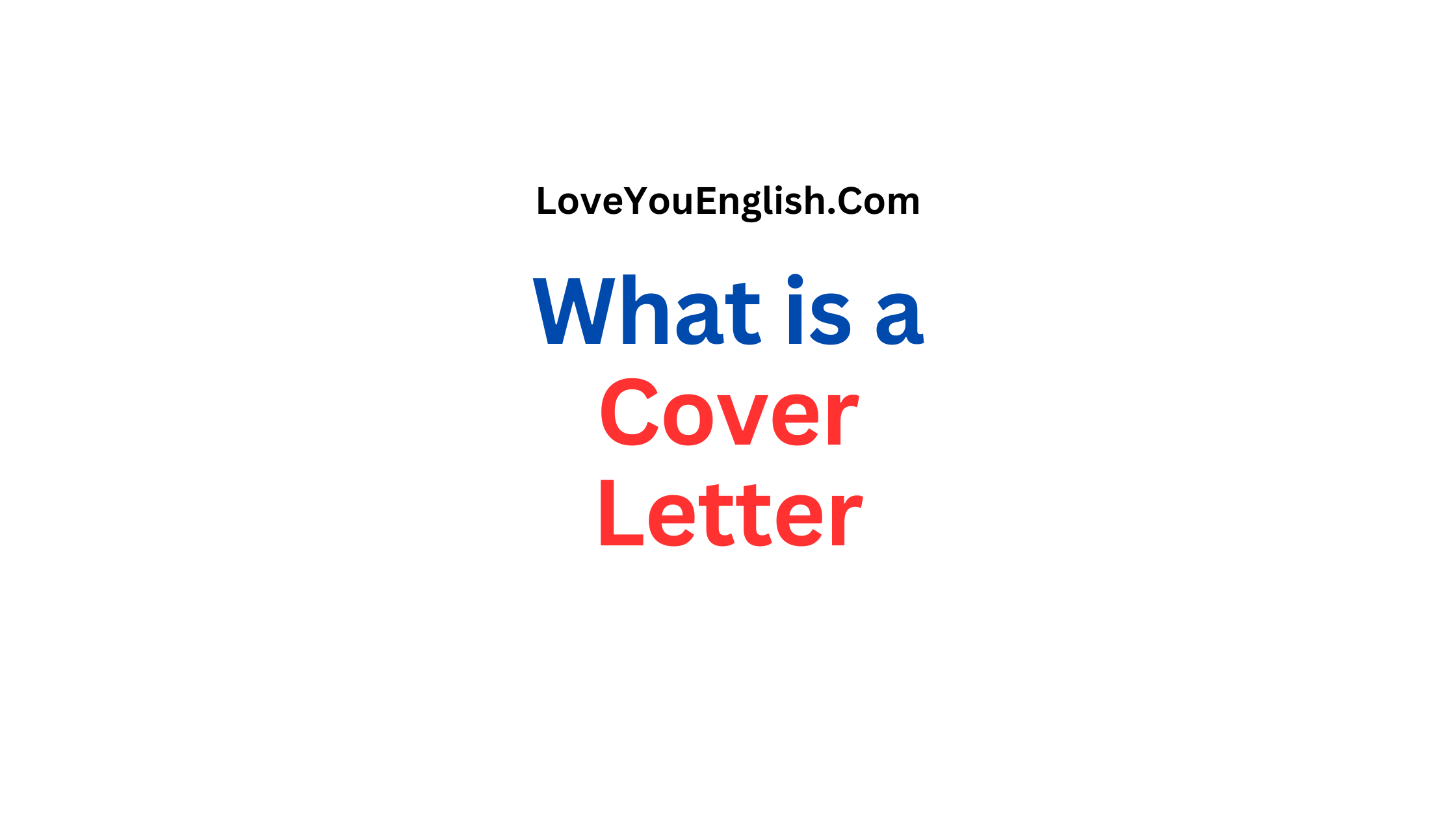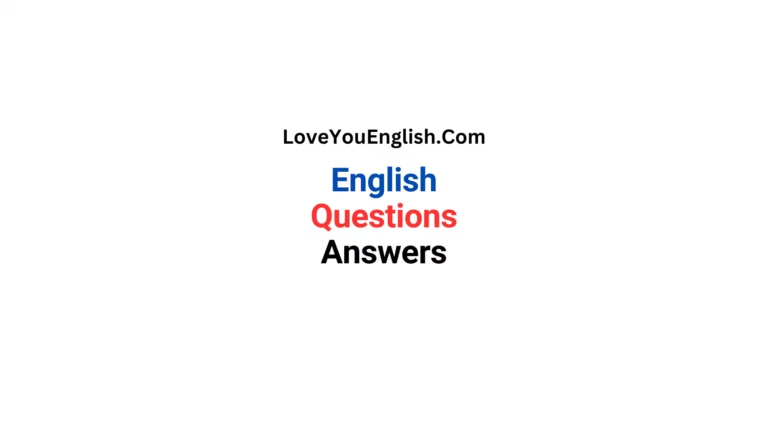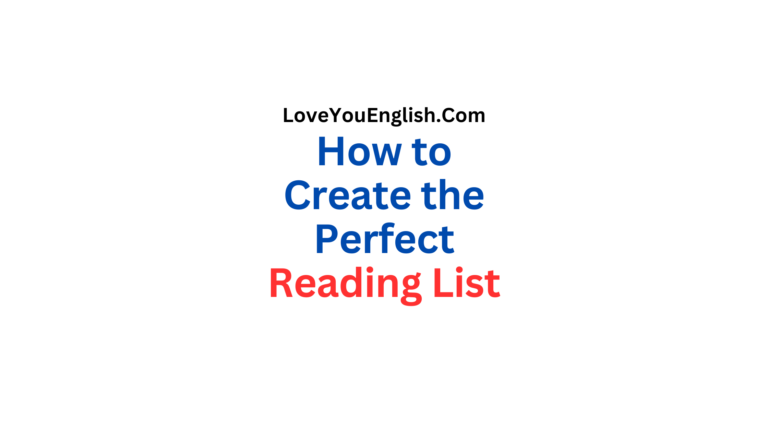What Is a Cover Letter? Definition, Purpose, and Types
When you apply for a job, the first impression you make on the recruiter is crucial.
Most people know that a resume is a key document for job applications.
However, another important tool is the cover letter.
It helps you stand out from other candidates, showcasing your personality, skills, and interest in the job.
In this blog post, I will explain everything you need to know about a cover letter.
I will cover:
- What a cover letter is (definition),
- Why it is important (purpose), and
- The different types of cover letters.
Let’s get started!
1. What Is a Cover Letter? (Definition)
A cover letter is a one-page document that you send with your resume when applying for a job. It is a formal letter written to the hiring manager or recruiter.
The main goal of the cover letter is to introduce yourself and explain why you are the right person for the job.
While a resume lists your work experience, education, and skills, a cover letter allows you to share a bit more about yourself. It gives you the chance to:
- Explain your interest in the job,
- Highlight relevant skills and achievements, and
- Connect your experience to the job requirements.
In simple words, a cover letter answers the question: Why should we hire you?
2. Purpose of a Cover Letter
You may wonder: Why do I need a cover letter when my resume already lists my skills and work history?
A well-written cover letter serves multiple purposes.
Let me break it down:
2.1 To Introduce Yourself
The first purpose of a cover letter is to introduce yourself to the employer.
The opening paragraph typically includes:
- Your name,
- The position you are applying for, and
- Where you found the job posting.
It is your chance to make a strong first impression and grab the employer’s attention.
2.2 To Show Your Interest in the Job
Employers want to know that you are not applying randomly to every job opening.
In your cover letter, you can explain:
- Why you are interested in the company, and
- What excites you about the role.
For example:
“I am passionate about digital marketing and admire XYZ Company’s creative campaigns. I am excited about the opportunity to bring my experience in social media management to your dynamic team.”
This shows that you have researched the company and are genuinely interested.
2.3 To Highlight Relevant Skills and Experience
The resume lists your skills and experience, but a cover letter connects them to the specific job.
Here, you can:
- Highlight achievements or projects related to the role,
- Focus on the skills the employer is looking for, and
- Explain how you can contribute to the company’s success.
For example:
“In my previous role as a content writer at ABC Agency, I created engaging blog posts that increased website traffic by 40% over six months. I believe my strong writing skills and creativity will add value to your content marketing efforts.”
This directly connects your past experience to the job requirements.
2.4 To Showcase Your Personality
Unlike a resume, a cover letter lets you share your personality and communication style.
Employers look for candidates who fit well with their team and company culture.
A well-written cover letter helps you stand out by showing:
- Your enthusiasm,
- Your professional tone, and
- A bit of your personality.
For example:
“As a team player who loves challenges, I look forward to collaborating with your marketing team to achieve great results.”
This makes you sound motivated and approachable.
2.5 To Explain Career Gaps or Changes
If you have gaps in your work history or are changing careers, a cover letter is the perfect place to address this.
You can briefly explain the reason for the gap or career switch in a positive way.
For example:
“After taking time off to care for my family, I am now excited to return to the workforce and use my skills in customer service to contribute to your team.”
This helps employers understand your situation without making assumptions.
2.6 To Demonstrate Your Writing Skills
Strong written communication is a valuable skill in any job.
A cover letter allows you to show:
- How well you can organize your thoughts, and
- Your ability to write clearly and professionally.
Employers will notice your attention to detail, grammar, and structure, which can leave a positive impression.
3. Types of Cover Letters
Did you know there are different types of cover letters?
Depending on your situation, you may need to write a specific type of cover letter.
Here are the four main types:
3.1 Application Cover Letter
This is the most common type of cover letter.
You send it when applying for a specific job opening.
- Purpose: To apply for a job and explain why you are the best candidate.
- What to Include:
- A brief introduction,
- Why you are interested in the job,
- How your skills match the job requirements, and
- A closing statement.
For example:
“Dear [Hiring Manager], I am excited to apply for the position of Sales Executive at XYZ Company. With 5 years of experience in sales and a proven record of exceeding targets, I believe I can contribute to your team’s success…”
This type of cover letter focuses on a specific role and company.
3.2 Prospecting Cover Letter (Inquiry Letter)
A prospecting cover letter is used when you are reaching out to a company that has not advertised a job opening.
You are inquiring about potential opportunities.
- Purpose: To express your interest in the company and ask about future job openings.
- What to Include:
- Why you are interested in the company,
- Your skills and experience, and
- A request for information about job opportunities.
For example:
“Dear [Hiring Manager], I admire ABC Company’s commitment to sustainable design. I am a graphic designer with experience in eco-friendly branding projects, and I would love to contribute to your creative team. Could you let me know if there are any current or upcoming opportunities?”
This type of cover letter shows initiative and a proactive attitude.
3.3 Networking Cover Letter
A networking cover letter is sent to someone in your professional network.
This could be a friend, mentor, former colleague, or LinkedIn connection.
You use it to ask for career advice, referrals, or information about job opportunities.
- Purpose: To seek advice, referrals, or job leads through your network.
- What to Include:
- A brief introduction,
- Why you are reaching out,
- Your skills and career goals, and
- A polite request for help or guidance.
For example:
“Dear [Name], I hope you’re doing well. I am currently looking for a new opportunity in the marketing field and was wondering if you know of any open positions at your company or elsewhere. With my background in content marketing, I believe I can bring value to a dynamic team…”
Networking cover letters rely on personal connections and are less formal.
3.4 Career Change Cover Letter
A career change cover letter is used when you are switching to a new career field.
It explains why you are making the change and how your existing skills are transferable to the new role.
- Purpose: To connect your current experience to the new career path.
- What to Include:
- Your motivation for changing careers,
- Transferable skills and achievements, and
- How you will add value to the new role.
For example:
“Dear [Hiring Manager], After 8 years as a teacher, I am excited to transition into an HR role. My experience in mentoring students, resolving conflicts, and managing projects has given me strong interpersonal and organizational skills that are perfect for HR management.”
This type of cover letter helps employers see how your skills apply to the new role.
Tips for Writing a Great Cover Letter
Now that you know the types of cover letters, here are some tips to make your cover letter stand out:
- Keep It Short: A cover letter should be one page long, with 3–4 paragraphs. Be concise and to the point.
- Customize It: Tailor each cover letter to the specific job and company. Avoid using a generic template.
- Use a Professional Format: Use a clean and simple layout. Include:
- Your contact information,
- The date, and
- The recipient’s name and title.
- Start Strong: Use a powerful opening sentence to grab attention. Avoid generic phrases like, “I’m writing to apply for…”
- Focus on Achievements: Highlight specific achievements, not just duties. Use numbers or examples to show results.
- Show Enthusiasm: Employers appreciate genuine excitement for the role.
- Proofread: Check for grammar, spelling, and formatting errors. Ask someone else to review it if possible.
Final words
A cover letter is a powerful tool in your job application process.
It introduces you to the employer, shows your interest in the job, and highlights how your skills match the role.
Unlike a resume, it also gives you the chance to showcase your personality and explain unique situations like career changes or gaps.
There are different types of cover letters, including application letters, prospecting letters, networking letters, and career change letters.
Choosing the right one depends on your situation.
By following the tips I shared in this post, you can write a strong and customized cover letter that helps you stand out from the competition.
Remember, a great cover letter can open the door to new opportunities and help you land your dream job.
Start writing your cover letter today and take the first step toward your future!







